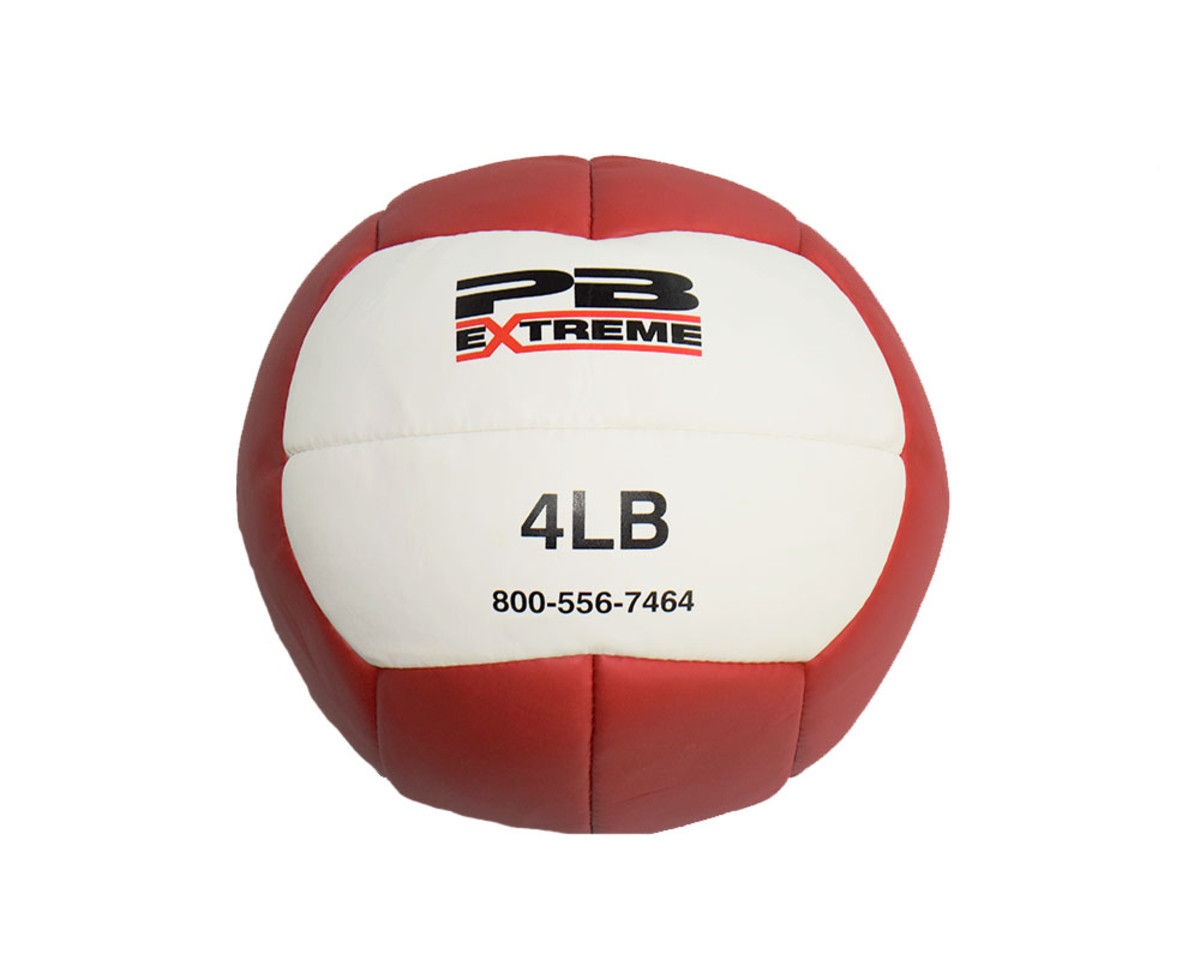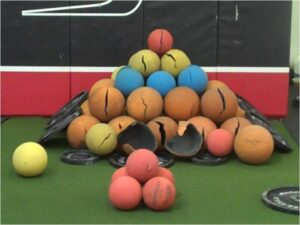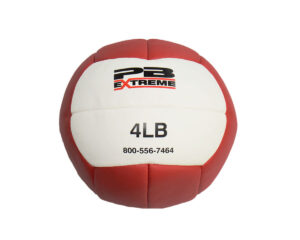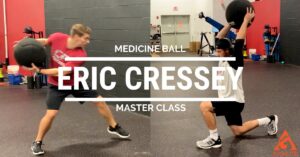
Medicine Ball Workouts: Not Just for Athletes
Q: I know that you work a ton with baseball players and that medicine ball workouts are an integral part of their training at Cressey Sports Performance. However, I’m not a baseball player – or a competitive athlete in any discipline, for that matter – and I’m wondering if I should still consider adding medicine ball workouts to my strength and conditioning program. Are there benefits that I can’t get from a traditional strength training program with comprehensive mobility drills?
A: This is a great question – and I’ll start off by saying that we actually have quite a few athletes at Cressey Sports Performance who aren’t baseball players. Plus, we firmly believe that everyone has an athlete in them, so our training mandates a functional carryover to the real world for everyone. Integrating some medicine ball workouts – even if the volume and frequency aren’t as high as in our rotational sport athletes – can definitely add some benefits to a strength and conditioning program. Here are seven of those benefits:
1. Real World Transfer – Regardless of how effectively a strength and conditioning program is designed, it’ll usually be very sagittal plane dominant. Integrating some rotational medicine ball training immediately increases the number of movements from which you can choose in the transverse and frontal planes.
2. Low-Impact Fat Loss Medleys – Look at all of the fat loss programs out there, and the overwhelming majority of them require a lot of impact – whether it’s from sprinting/jogging, jumping rope, or taking step aerobics. Performing medleys of various medicine ball throws not only allows you to increase volume in a program while minimizing stress on the lower extremity, but also affords some much appreciated variety in a program that might otherwise be dominated by a lot of boring cardio equipment.
3. Better Integration of the Core -With a correctly executed rotational med ball throw, the power should come predominantly from the lower half – which means that it should be transmitted through a stable core so that the energy will be appropriately utilized with thoracic rotation to get to the arms and, in turn, the ball. This sequencing is no different than lifting a bag of groceries, swinging a golf club, or going up on one’s tip-toes to grab something on the top shelf. If you move in the wrong areas (lumbar spine), you’ll eventually wind up with back pain – but if you’ve handled the rotational challenges of medicine ball workouts with perfect technique, you’ll be protected in the real world.
4. Improved Ankle, Hip, and Thoracic Spine Mobility – When performed correctly, medicine ball exercises serve as an outstanding way to “ingrain” the mobility you’ve established with a dynamic warm-up prior to training. Additionally, we utilize mobility and activation “fillers” between sets of medicine ball drills to not only slow people down between sets, but also address issues they have that might warrant extra attention.
5. A Way to Train Power Outside of the Sagittal Plane – Research has demonstrated that the biggest problems with folks as they grow older are not just the loss of strength, muscle mass, and bone density, but the loss of power – or how quickly they can apply force. It’s this reduction in power that makes elderly individuals more susceptible to falls. We can’t always train power “optimally” in some older adults because of ground reaction forces being too stressful, but most can learn to apply a significant amount of force to a medicine ball – whether it’s rotationally or with an overhead stomp/throw variation. Everyone should obviously build a solid foundation of strength and mobility before undertaking these options, but when the time is right, they are great additions. On a related note, here’s a video I filmed a while back that shows how medicine ball workouts fit into our overall approach to developing power in athletes.
6. Reduction of Asymmetry – Most of us are very one-side dominant, and while I have no aspirations of ever expecting folks to be completely symmetrical, I think that training with rotational medicine ball drills can go a long way in ironing out prominent hip and thoracic spine asymmetries. This has been one reason why they comprise such an integral part of our off-season baseball training programs; these players spend their entire lives in an asymmetrical sport.
7. A Way to Blow off Some Steam – Lifting weights is great for letting out some aggression after a bad day, but throwing a medicine ball is on a whole different level. In most cases, I encourage folks to try to break the medicine balls on every single throw. As you can see, we’ve broken quite a few…
When we integrate medicine ball workouts with our adult fitness clients, it’s usually a matter of three sets two times per week between the mobility warm-ups and strength exercises. If it’s used for fat loss, though, we’ll include medleys at the end of the strength training programs.
As for a specific brand of medicine balls that we use, we’ve now made the switch to the Perform Better Extreme Soft Toss Medicine Balls. I’ve found that the rebound is optimal on these, and they still provide great durability (which has been an issue with not only other “padded” options, but also other rubber models that are using more filler materials). This is what our preferred option looks like:
With all that in mind, how many you break will be heavily dependent on how much you incorporate medicine ball workouts and how powerful your clients are. The medicine ball lifespan will be a lot longer in a facility catering to middle-aged women than it will be at Cressey Performance, where 85% of clients are baseball players executing 240-360 medicine ball throws per week during certain portions of the year.
If you’re looking for a lot more detail on the specific medicine ball exercises and workouts we do with our clients, be sure to check out my Medicine Ball Master Class.





